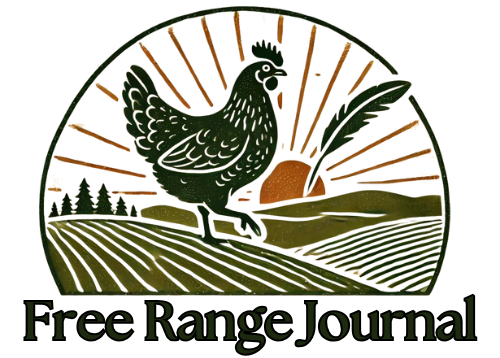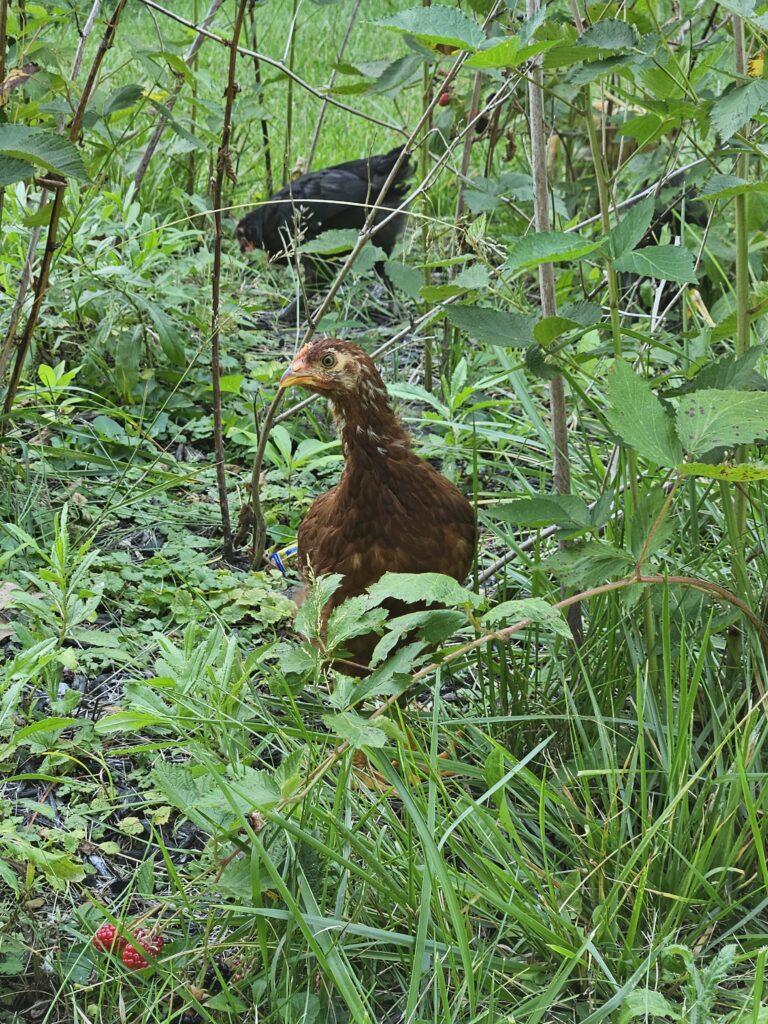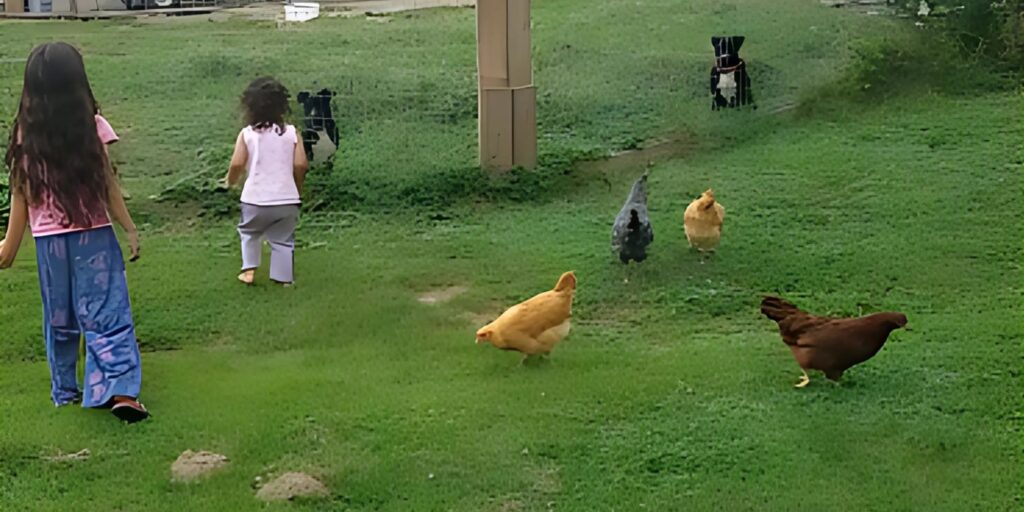
#1 Best Egg Layer
Leghorn
Commercial egg production is mainly dominated by the Leghorn breed which lays the white eggs you might be used to buying in the store. (Although there is no difference in taste of course.) They can lay up to 320 eggs per year!
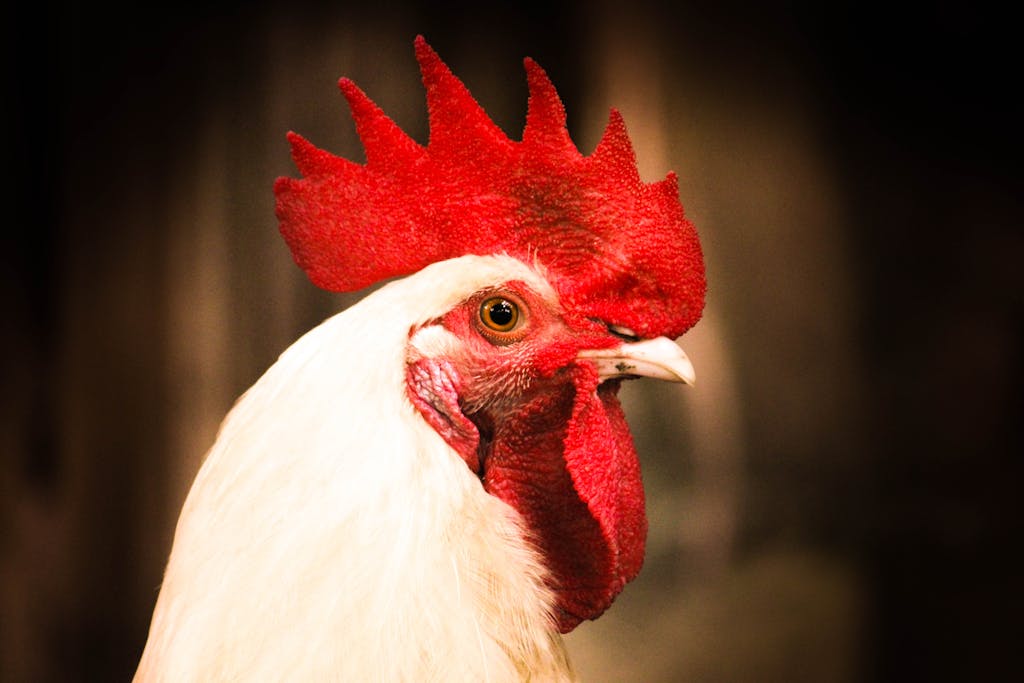
We have not raised a Leghorn yet, but I personally doubt there is much difference to the normal backyard chicken owner in the amount of eggs you will get versus some of the other good egg layers. Also other varieties are easier to handle and deal with the cold better. Never the less, they are the best egg layers.
#2 Best Pure Meat Bird
Cornish Cross
Commercial meat production usually uses the Cornish Cross hybrid breed. It is a hybrid of a Cornish and a White Rock breed. The Cornish Cross hybrid will grow so fast it has trouble walking and will often just sit and eat!
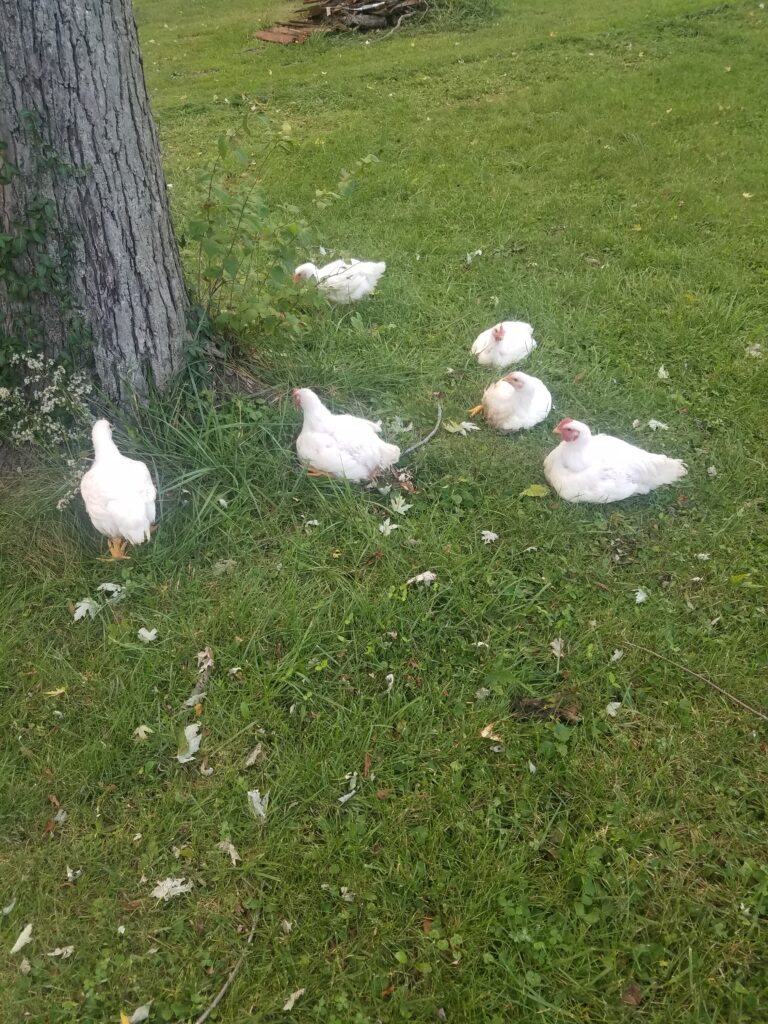
While this breed grows to a full size chicken in a matter of weeks, it is not really meant to keep as a pet or egg layer. They will also eat a lot and poop a lot.
Sticking to a “well rounded” type of chicken breed might be better.
#3 Best for Friendliness (1)
Buff Orpington
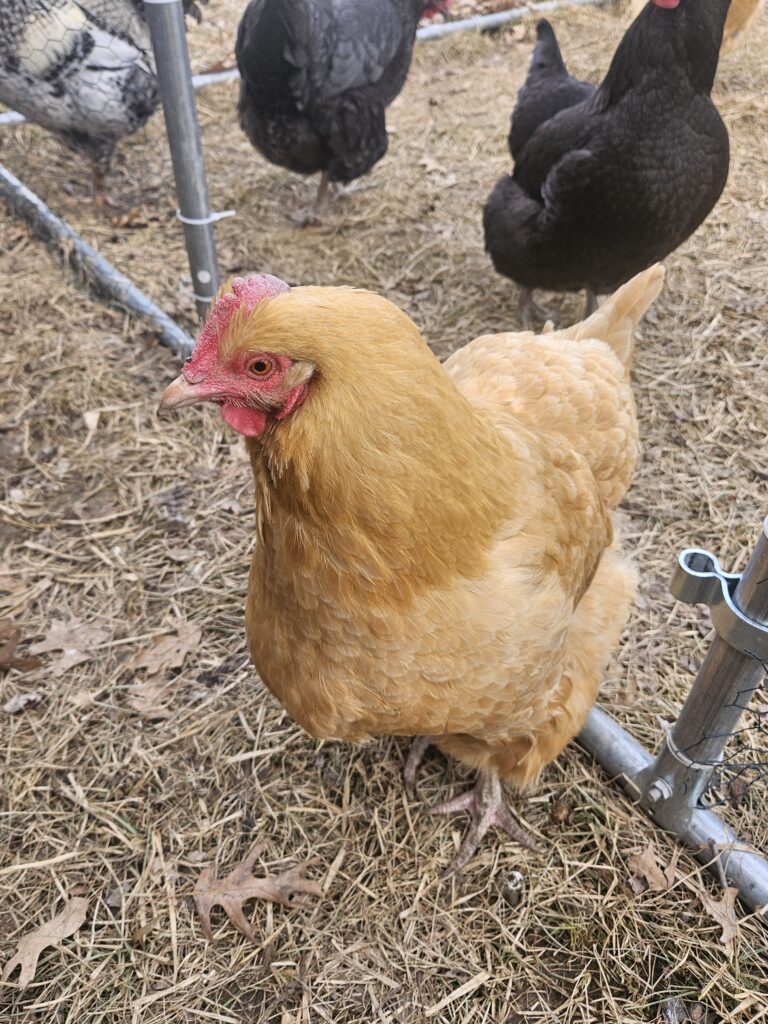
Buff Orpingtons are the golden retrievers of the chicken world! They are gentle, affectionate, and love being around humans. Going from personal experience and research online I would rank the Buff Orpington as one of the friendliest chicken breeds.
Orpingtons also come in other colors, such as black, blue, and lavender, making them a beautiful addition to any flock. We have had one for 5 years now and she will always come out to meet us and say “hi”. Our Orpington has also raised two separate clutches of six baby chicks each. They can lay up to 280 eggs per year.
#4 Best for Friendliness (2)
Plymouth Barred Rock
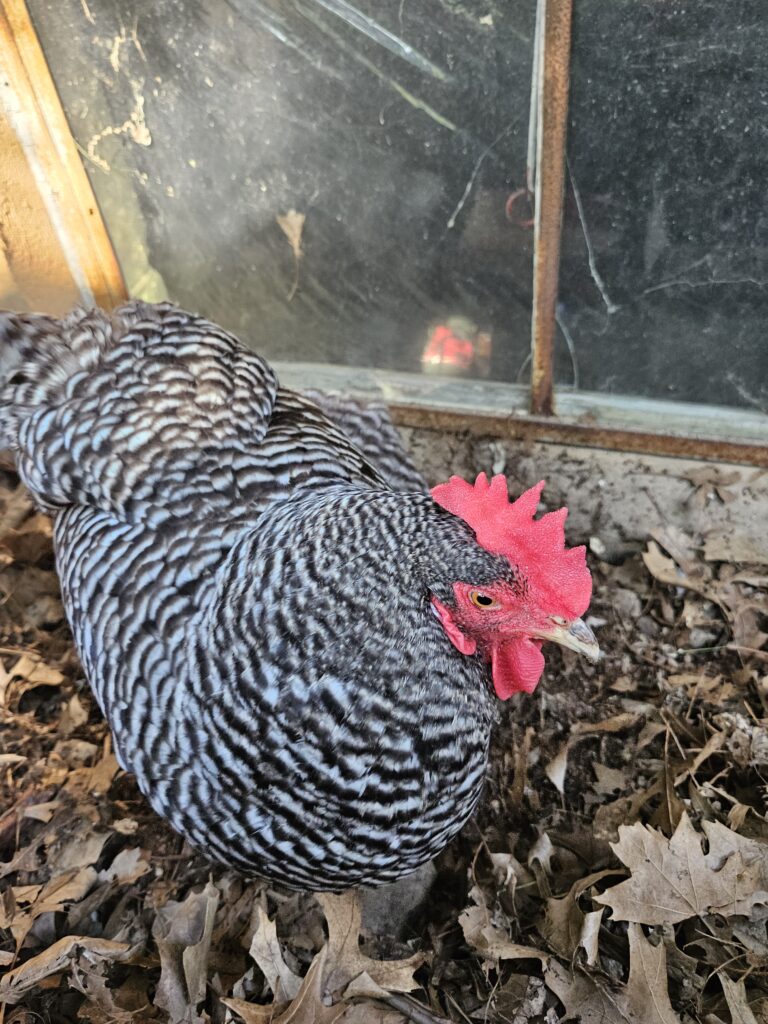
I would also rank the Plymouth Barred Rock as a very friendly breed. They have a very pretty striped pattern (we literally called ours “Stripes”) in their feathers. One of our original Barred Rocks was injured by another chicken and was calm enough to live inside our house for two weeks! They also are good egg layers and can also lay up to 280 eggs per year. They can handle colder climates as well.
#5 Best for Cold Climates
Brahma
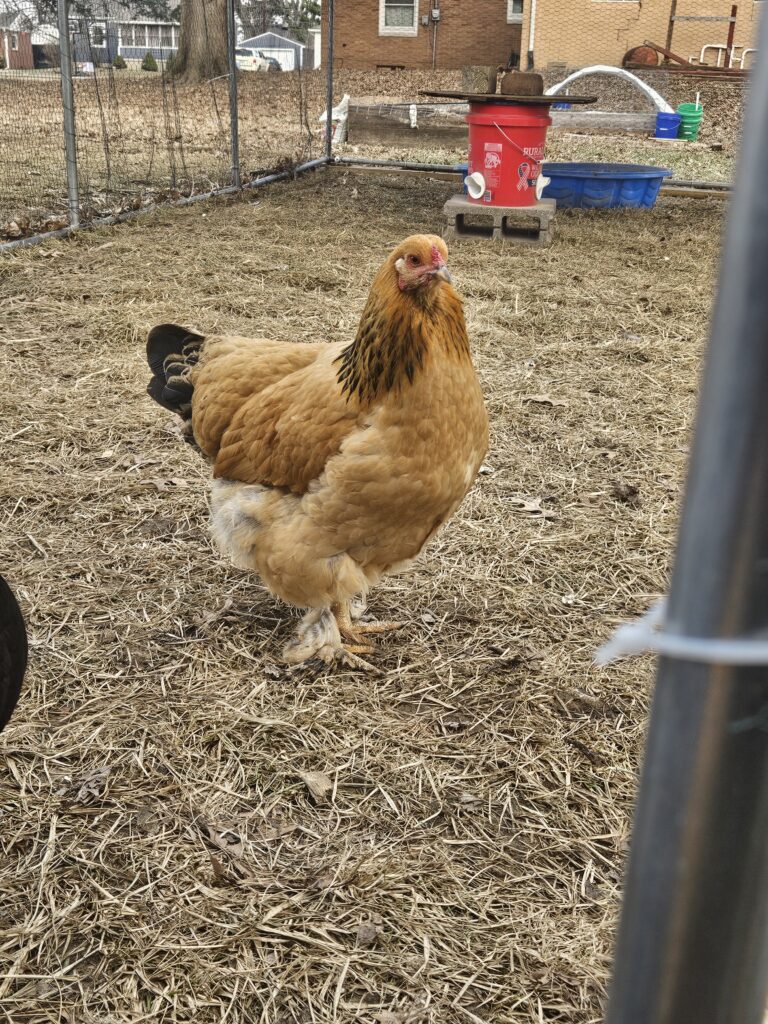
Again going from personal experience we would rank the Buff Brahma breed as one of the best suited to the cold. They are slightly larger and grow a few feathers one their legs even. They hens and roosters have smaller combs and wattles than some other breeds to limit frostbite. Our Brahma hen, Runner, even will lay eggs when the days are shorter and the other chickens aren’t laying as often. Although Brahma’s only lay up to about 200 eggs per year.
Other honorable mentions for cold hardy breeds are Wyandottes, Plymouth Barred Rock, and Welsummers.
#6 Best for Uniqueness
Silkies
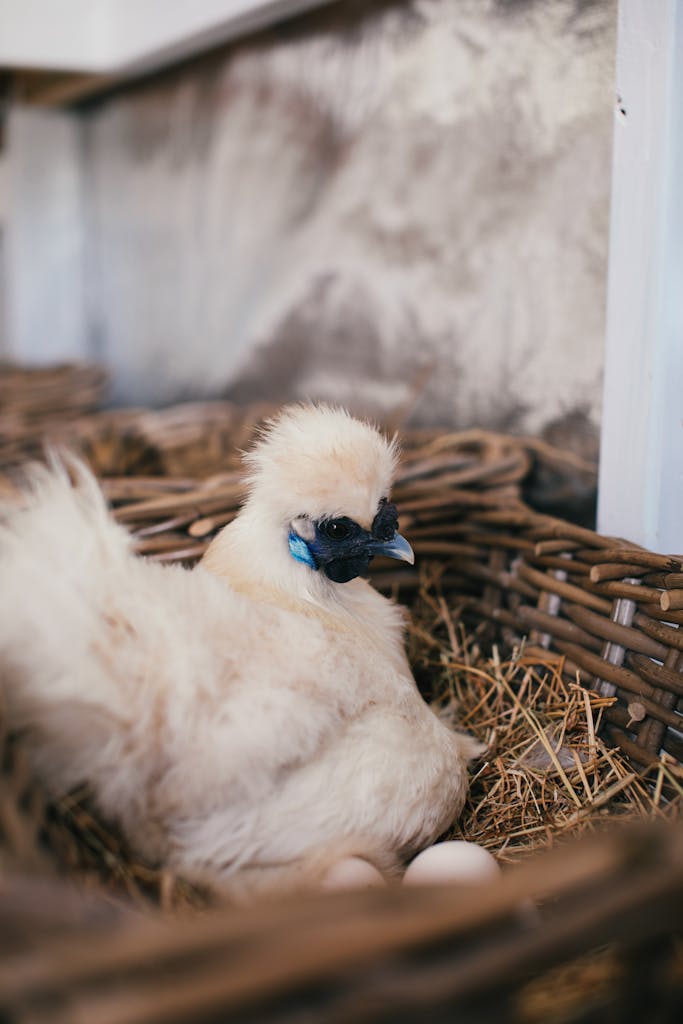
One of the most unique looking chickens is the Silkie chicken since it looks like a fluffball. We have not had the opportunity to own a Silkie, but they have a naturally motherly instinct to sit on eggs and raise chicks. Their fluffy feathers help keep the eggs and baby chicks warm. Silkie chickens are also on the smaller side.
Silkies only lay about 100 eggs a year though and are not known for their egg laying.
#7 Best for Unique Eggs
Ameraucana
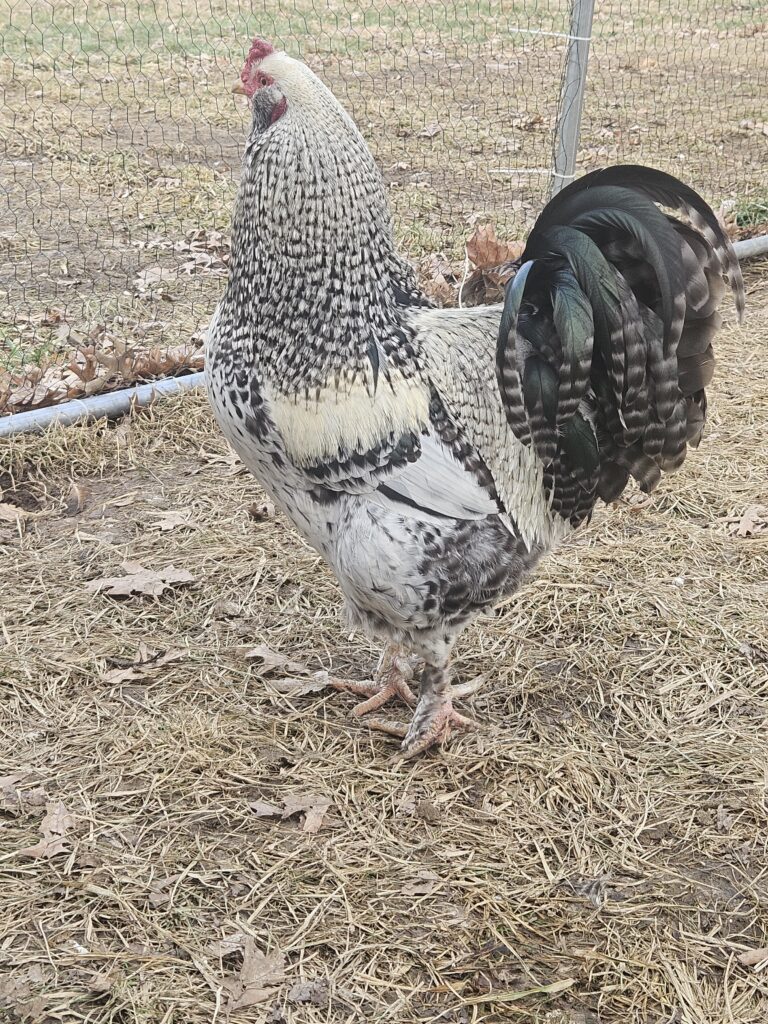
Another unique chicken breed is the Ameraucana breed, also known as the “Easter Egger” since it lays eggs that can be anywhere from teal to light green. They have a fluffy looking neck and an all around decent temperament. They can lay up to 200 eggs a year. Our rooster is part Brahma and part Ameraucana and has a very gentle nature.
#8 Best for Low Maintenance
Australorp
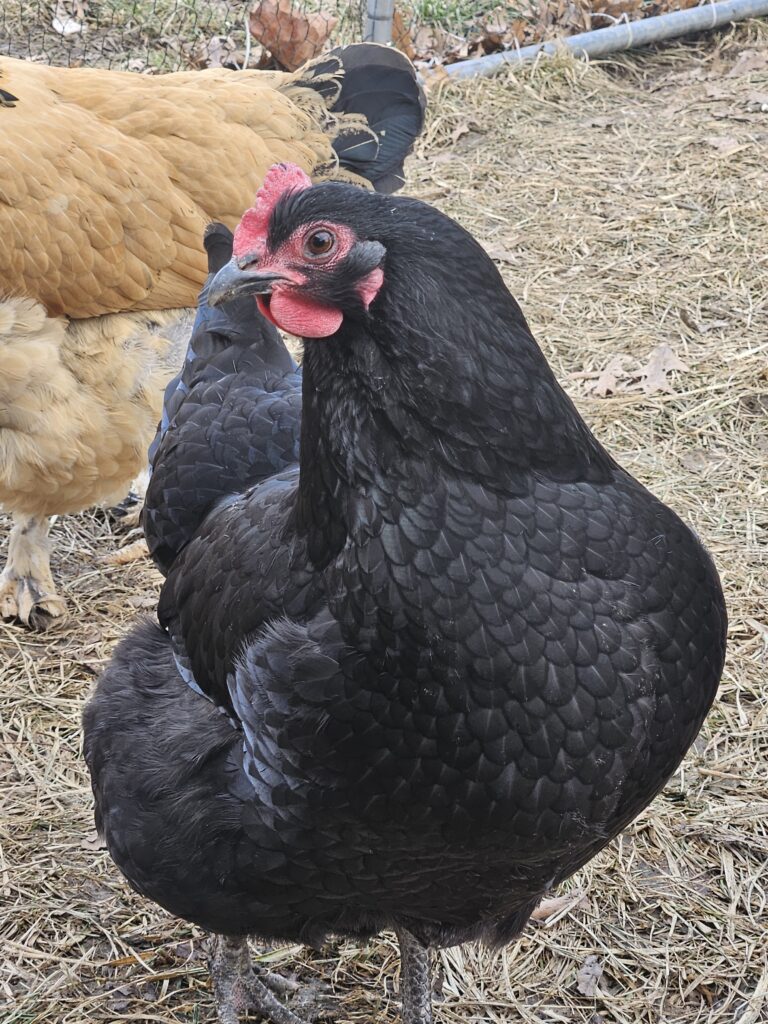
We have three Australorps and they all are very dependable birds. They don’t require much attention, but aren’t afraid to walk up and say hello. They lay eggs at a decent rate and have a slight iridescence to their black feathers.
Australorps are Black Orpingtons from England taken to Australia back around 1900. They lay a light brown egg. An Australorp also holds the record for the most eggs layed in a year at 364! (but they normally average up to 300 per year)
#9 Best for Laying and Meat
Rhode Island Red
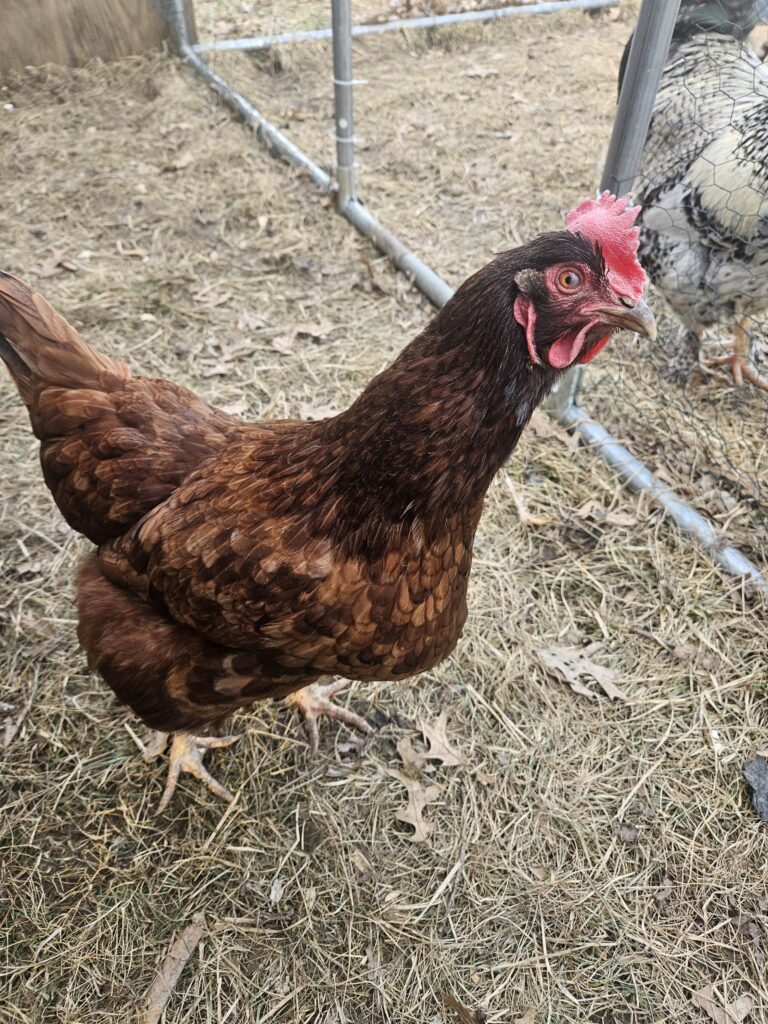
The trusty Rhode Island Red is a well known breed for the best egg laying while still being a respectable meat bird. Our Rhode Island Red is always happy to see us.
They lay light brown eggs and are a slightly smaller chicken than some of the others on this list. They can lay up to 300 eggs a year and are a fairly low maintenance bird as well.
#10 Best All Around
Wyandotte
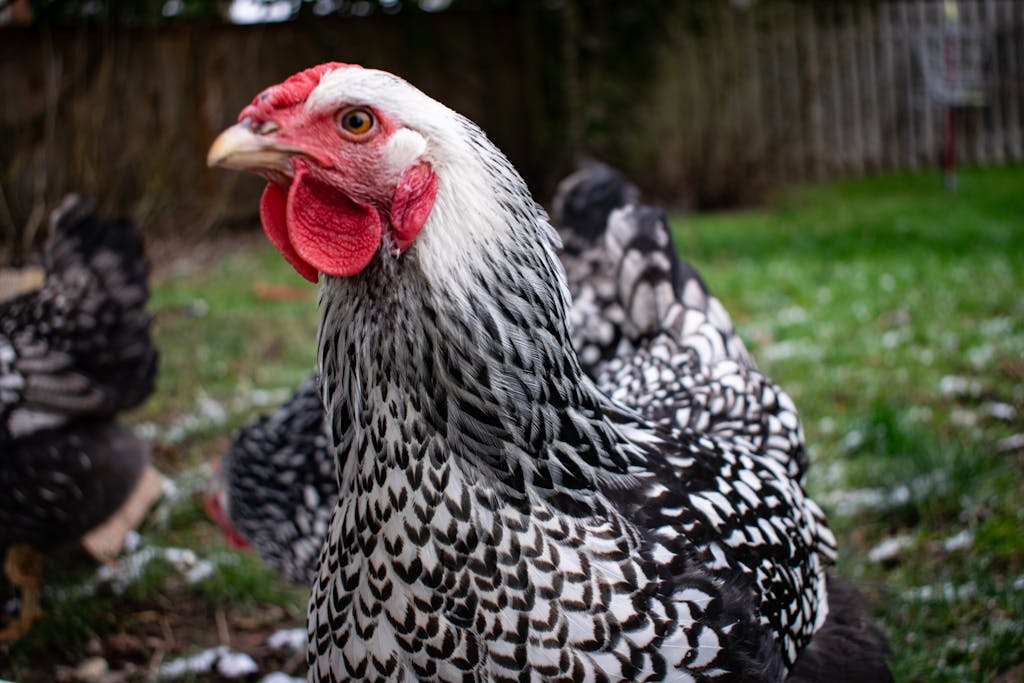
Even though quite a few of the breeds on this list could be considered the best all around chicken breed, I’m going to single out the Wyandotte. The Wyandotte is very comparable to the Buff Orpington, Australorp, Rhode Island Red, and the Plymouth Barred Rock breeds. All of these breeds will lay eggs decently, have a friendly personality, and don’t require much maintenance.
Here’s a list of all the characteristics of the Wyandotte breed:
TL;DR
A lot of breeds can fulfill your needs for a great backyard chicken, but I would recommend one or multiple different types of the great all around breeds. The breeds specifically made for egg or meat production can be lacking in other areas such as friendliness or cold weather adaptability.
